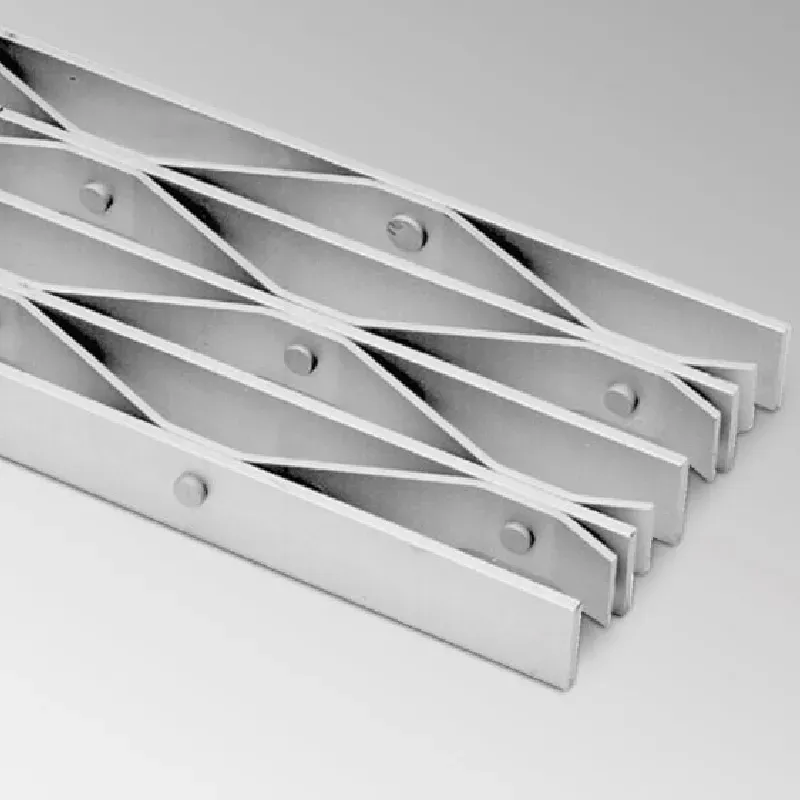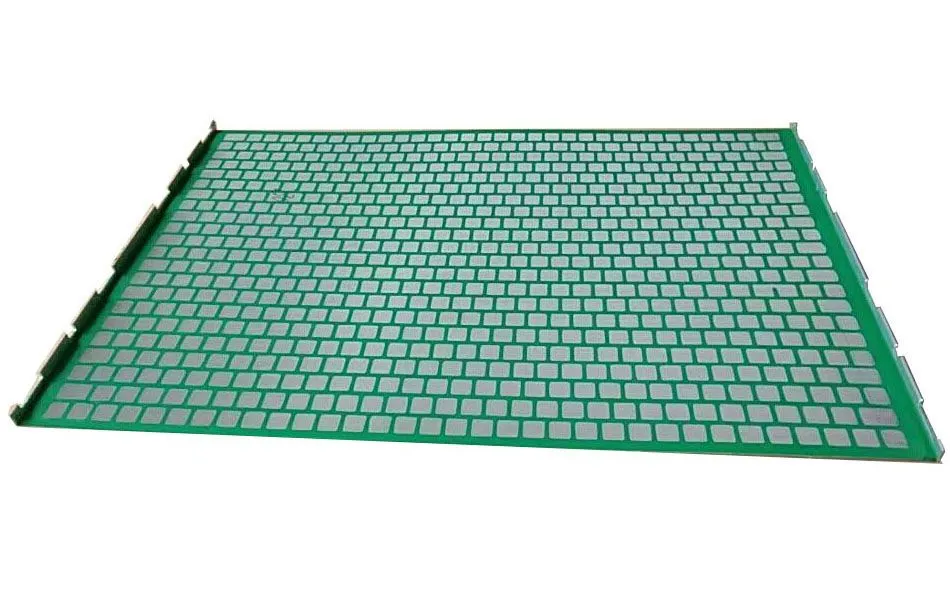- Industrial zone, South of Anping Town, Hengshui, Hebei, China.
- sales@hfpetromesh.com
- +86-18931809706
 Afrikaans
Afrikaans  Albanian
Albanian  Amharic
Amharic  Arabic
Arabic  Armenian
Armenian  Azerbaijani
Azerbaijani  Basque
Basque  Belarusian
Belarusian  Bengali
Bengali  Bosnian
Bosnian  Bulgarian
Bulgarian  Catalan
Catalan  Cebuano
Cebuano  Corsican
Corsican  Croatian
Croatian  Czech
Czech  Danish
Danish  Dutch
Dutch  English
English  Esperanto
Esperanto  Estonian
Estonian  Finnish
Finnish  French
French  Frisian
Frisian  Galician
Galician  Georgian
Georgian  German
German  Greek
Greek  Gujarati
Gujarati  Haitian Creole
Haitian Creole  hausa
hausa  hawaiian
hawaiian  Hebrew
Hebrew  Hindi
Hindi  Miao
Miao  Hungarian
Hungarian  Icelandic
Icelandic  igbo
igbo  Indonesian
Indonesian  irish
irish  Italian
Italian  Japanese
Japanese  Javanese
Javanese  Kannada
Kannada  kazakh
kazakh  Khmer
Khmer  Rwandese
Rwandese  Korean
Korean  Kurdish
Kurdish  Kyrgyz
Kyrgyz  Lao
Lao  Latin
Latin  Latvian
Latvian  Lithuanian
Lithuanian  Luxembourgish
Luxembourgish  Macedonian
Macedonian  Malgashi
Malgashi  Malay
Malay  Malayalam
Malayalam  Maltese
Maltese  Maori
Maori  Marathi
Marathi  Mongolian
Mongolian  Myanmar
Myanmar  Nepali
Nepali  Norwegian
Norwegian  Norwegian
Norwegian  Occitan
Occitan  Pashto
Pashto  Persian
Persian  Polish
Polish  Portuguese
Portuguese  Punjabi
Punjabi  Romanian
Romanian  Russian
Russian  Samoan
Samoan  Scottish Gaelic
Scottish Gaelic  Serbian
Serbian  Sesotho
Sesotho  Shona
Shona  Sindhi
Sindhi  Sinhala
Sinhala  Slovak
Slovak  Slovenian
Slovenian  Somali
Somali  Spanish
Spanish  Sundanese
Sundanese  Swahili
Swahili  Swedish
Swedish  Tagalog
Tagalog  Tajik
Tajik  Tamil
Tamil  Tatar
Tatar  Telugu
Telugu  Thai
Thai  Turkish
Turkish  Turkmen
Turkmen  Ukrainian
Ukrainian  Urdu
Urdu  Uighur
Uighur  Uzbek
Uzbek  Vietnamese
Vietnamese  Welsh
Welsh  Bantu
Bantu  Yiddish
Yiddish  Yoruba
Yoruba  Zulu
Zulu
- Afrikaans
- Albanian
- Amharic
- Arabic
- Armenian
- Azerbaijani
- Basque
- Belarusian
- Bengali
- Bosnian
- Bulgarian
- Catalan
- Cebuano
- Corsican
- Croatian
- Czech
- Danish
- Dutch
- English
- Esperanto
- Estonian
- Finnish
- French
- Frisian
- Galician
- Georgian
- German
- Greek
- Gujarati
- Haitian Creole
- hausa
- hawaiian
- Hebrew
- Hindi
- Miao
- Hungarian
- Icelandic
- igbo
- Indonesian
- irish
- Italian
- Japanese
- Javanese
- Kannada
- kazakh
- Khmer
- Rwandese
- Korean
- Kurdish
- Kyrgyz
- Lao
- Latin
- Latvian
- Lithuanian
- Luxembourgish
- Macedonian
- Malgashi
- Malay
- Malayalam
- Maltese
- Maori
- Marathi
- Mongolian
- Myanmar
- Nepali
- Norwegian
- Norwegian
- Occitan
- Pashto
- Persian
- Polish
- Portuguese
- Punjabi
- Romanian
- Russian
- Samoan
- Scottish Gaelic
- Serbian
- Sesotho
- Shona
- Sindhi
- Sinhala
- Slovak
- Slovenian
- Somali
- Spanish
- Sundanese
- Swahili
- Swedish
- Tagalog
- Tajik
- Tamil
- Tatar
- Telugu
- Thai
- Turkish
- Turkmen
- Ukrainian
- Urdu
- Uighur
- Uzbek
- Vietnamese
- Welsh
- Bantu
- Yiddish
- Yoruba
- Zulu
Premium Shaker Screen & Bar Grating Manufacturers Durable Solutions
- Understanding the Impact of Market Demand on Screening Solutions
- Innovations Driving Efficiency in Solid-Liquid Separation
- Evaluating Industry Leaders in Vibratory Equipment Production
- Tailored Engineering for Specific Industrial Requirements
- Material Advancements in Filtration Technology
- Operational Success Stories Across Multiple Sectors
- Why Partnering with Expert Shaker Screen Manufacturers Matters

(shaker screen manufacturers)
Shaker Screen Manufacturers Address Evolving Industrial Needs
The global market for vibratory separation equipment has grown by 6.2% CAGR since 2020, driven by increased drilling activities and stricter environmental regulations. Leading shaker screen manufacturers
now deploy advanced laser-cutting systems achieving ±0.05mm dimensional accuracy, directly impacting filtration efficiency in critical applications.
Innovations Driving Efficiency in Solid-Liquid Separation
Modern screening systems incorporate three breakthrough technologies:
- Hyper-elastic polyurethane compounds with 92% rebound resilience
- Multi-layer tensioning systems maintaining 35kN/m² surface stability
- Automated wear monitoring sensors reducing downtime by 40%
Evaluating Industry Leaders in Vibratory Equipment Production
| Manufacturer | Production Capacity | Material Options | Lead Time | MTBF (Hours) |
|---|---|---|---|---|
| ShakerPro Solutions | 15,000 units/month | 7 | 10-14 days | 4,200 |
| ScreenMasters Intl | 9,500 units/month | 5 | 21-28 days | 3,800 |
| GrateTech Systems | 22,000 units/month | 9 | 7-10 days | 4,500 |
Tailored Engineering for Specific Industrial Requirements
Custom configurations now account for 38% of total orders in the screening sector. Specialized solutions include:
- High-frequency screens (75Hz+) for fine particle recovery
- Corrosion-resistant alloys for saltwater drilling applications
- Explosion-proof designs meeting ATEX Category 1 standards
Material Advancements in Filtration Technology
Recent polymer developments show remarkable improvements:
New TPU blends demonstrate 82% higher abrasion resistance compared to traditional materials, extending service intervals by 300 operational hours.
Operational Success Stories Across Multiple Sectors
A North Sea drilling operation achieved 18% increased throughput after implementing multi-layer screens from leading shale shaker screen manufacturers, while maintaining 99.4% solids removal efficiency.
Why Partnering with Expert Shaker Screen Manufacturers Matters
Top-tier bar grating manufacturers now integrate IoT capabilities into screening systems, enabling real-time performance tracking. This technological edge, combined with 24/7 technical support networks, reduces operational risks by 63% in extreme conditions.

(shaker screen manufacturers)
FAQS on shaker screen manufacturers
Q: What factors should I consider when selecting a shale shaker screen manufacturer?
A: Prioritize material durability, customization capabilities, and compliance with industry standards like API. Verify their experience in serving oil, gas, or mining sectors for reliable performance.
Q: How do bar grating manufacturers ensure product durability?
A: Reputable manufacturers use high-grade steel or aluminum and employ precision welding techniques. They often conduct load-bearing tests and provide corrosion-resistant coatings for harsh environments.
Q: Can shaker screen manufacturers customize sizes for unique drilling equipment?
A: Yes, most offer tailored dimensions, mesh designs, and hook configurations. Provide equipment specifications and operational conditions to ensure optimal compatibility.
Q: What certifications should shale shaker screen manufacturers have?
A: Look for ISO 9001, API RP 13C, or ISO 14001 certifications. These ensure quality control, environmental compliance, and adherence to oilfield equipment standards.
Q: Are bar grating manufacturers suitable for offshore platform projects?
A: Absolutely. Many specialize in marine-grade gratings with anti-slip surfaces and high-strength materials to withstand saltwater corrosion and heavy loads in offshore environments.
-
Welded Steel Bar Grating: The Rugged Industrial Flooring Solution Built for Load and LongevityNewsJun.24,2025
-
Steel Walkway Grating: Reliable, Resilient, and Built for Every StepNewsJun.24,2025
-
Shale Shaker Screen for Sale: Optimize Drilling Efficiency with Precision Screening PowerNewsJun.24,2025
-
Shaker Screen for Sale: Elevate Your Drilling Efficiency with Durable Separation SolutionsNewsJun.24,2025
-
Press Locked Steel Grating: Industrial Strength with Precision Fit for Heavy-Duty ApplicationsNewsJun.24,2025
-
Perimeter Safety Netting: The Critical Safety Upgrade for Every HelipadNewsJun.24,2025